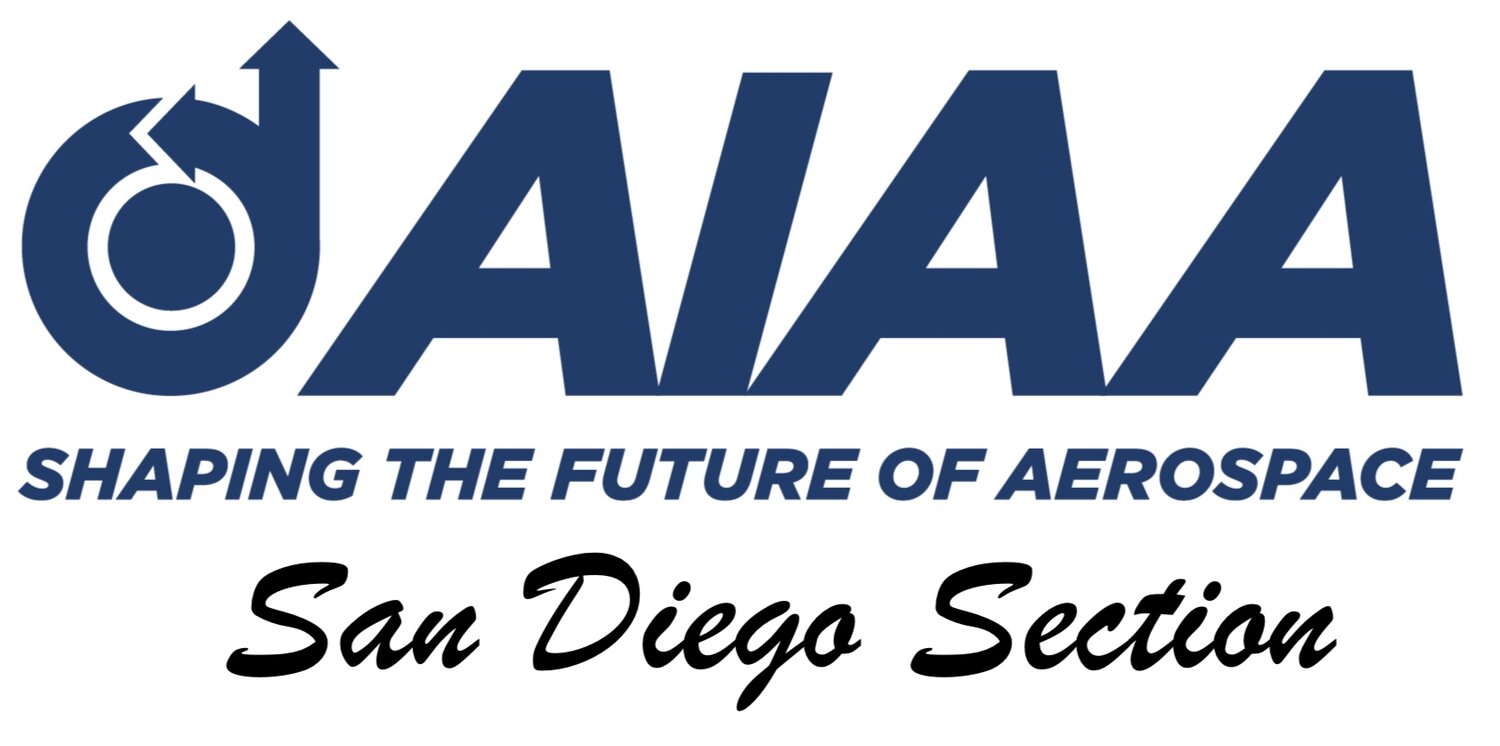Waldo D. Waterman
Waldo Waterman
Waldo D. Waterman (June 16, 1894 - December 8, 1976) was born in San Diego. In 1909, during his High School career, he became very much interested in the exploits of the Wrights and Glenn Curtiss, and thru that interest started to build a glider. On July first of that year, he made his first successful air-borne flight down the slopes of a canyon near his home. He made several successful glider flights both gravitational and auto-towed during the next few weeks. He then took in a partner to build a full sized powered airplane, which he entered in the first Dominguez Air Meet, January 1910. His plane was not completed in time for the meet, but later was set up at the Coronado Polo Field (where the main entrance to North Island now stands) during April, 1910. The engine did not have sufficient power to get the plane airborne, so auto-tow take-offs were used, with some success. The final flight however resulted in a bad crack-up and two broken ankles for Waldo. The following year, Curtiss moved his winter experimental station to North Island and Waldo immediately attached himself to the Curtiss camp. When the school closed for the summer, they left Waldo in charge, and they had not been gone very long before the one remaining flyable airplane was seen to be flying at North Island, piloted by Waldo. After World War I (WWI), he moved to Santa Monica where his most notable contributions to aviation were the first tailless monoplane (the precursor to the flying wing), the first aircraft with modern tricycle landing gear, and the first successful flying car.

